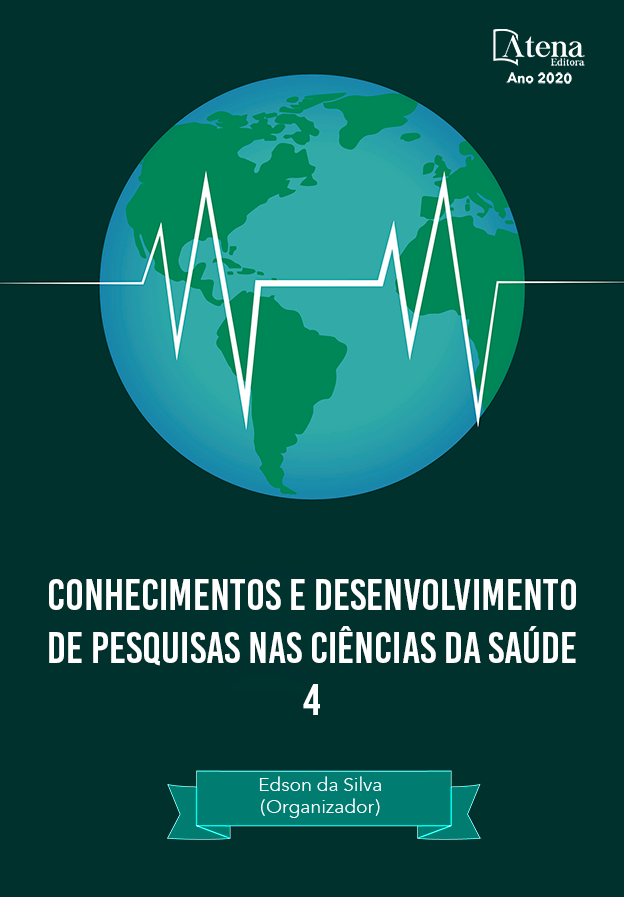
AVALIAÇÃO DO ESTRESSE OXIDATIVO EM PACIENTES ANÊMICOS NO MUNICÍPIO DE URUGUAIANA - RS
A anemia ocorre quando o nível de hemoglobina no sangue encontra-se diminuído, o que resulta em uma menor capacidade de transporte de oxigênio e sobrevida dos eritrócitos. Segundo a OMS, ela é considerada um problema de saúde pública, atingindo cerca de um terço da população do mundo todo, sendo a mais prevalente a ferropriva. O ferro participa da formação do grupamento heme da hemoglobina, mas se for produzido em excesso, pode gerar radicais livres. Quando há um aumento deles, pode ocorrer algum dano nas biomoléculas, como proteínas, lipídeos e DNA, causando então o estresse oxidativo, que parece estar envolvido na fisiopatologia da anemia. Assim, o objetivo desse trabalho foi avaliar os parâmetros de estresse oxidativo em pacientes com anemia no município de Uruguaiana, RS. Aprovado no CEP sob o número 135092/2017, o trabalho foi realizado no Posto de Saúde Central e no Laboratório BioSul, adjunto ao laboratório de Análises Clínicas do Hospital de Uruguaiana, RS, onde os pacientes assinaram um termo de consentimento livre e esclarecido e responderam um questionário básico para após isso, a amostra de sangue ser coletada por profissionais para encaminhá-la ao laboratório de Hematologia da UNIPAMPA, onde foram feitos os testes para avaliação do dano oxidativo (TBARS e carbonilação de proteínas), frequência de micronúcleos em leucócitos, os níveis de ferro plasmático. A eletroforese de proteínas foi enviada ao laboratório do Teste do Pezinho em Porto Alegre, RS. Os resultados encontrados mostraram um aumento estatisticamente significativo (p<0,05) nos níveis de TBARS e carbonil dos grupos do hospital e do posto em relação ao grupo controle, e um aumento na frequência de micronúcleos e nos níveis de ferro no grupo hospital em relação ao grupo controle. Foram encontrados 4 casos de traço falciforme na eletroforese. A hemoglobina mostrou-se diminuída nos grupos posto e hospital, porém um pouco mais abaixo no hospital. Com isso, sugere-se que há uma forte relação entre a anemia e o estresse oxidativo, e que o ferro em excesso pode ser um fator agravante no dano oxidativo causado nos pacientes do posto e hospital.
AVALIAÇÃO DO ESTRESSE OXIDATIVO EM PACIENTES ANÊMICOS NO MUNICÍPIO DE URUGUAIANA - RS
-
DOI: 10.22533/at.ed.80820161125
-
Palavras-chave: Anemia, Estresse oxidativo, Ferro.
-
Keywords: Anemia, Oxidative stress, Iron.
-
Abstract:
Anemia occurs when the level of hemoglobin in the blood is decreased, which results in less oxygen-carrying capacity and red cell survival. According to the WHO, it is considered a public health problem, affecting about one third of the world's population, the most prevalent being iron deficiency. Iron participates in the formation of the hemoglobin heme group, but if it is produced in excess, it can generate free radicals. When there is an increase in them, some damage to biomolecules, such as proteins, lipids and DNA, can occur, causing oxidative stress, which seems to be involved in the pathophysiology of anemia. Thus, the objective of this work was to evaluate the parameters of oxidative stress in patients with anemia in the municipality of Uruguaiana, RS. Approved by the CEP under number 135092/2017, the work was carried out at the Central Health Post and at the BioSul Laboratory, attached to the Clinical Analysis laboratory of Hospital de Uruguaiana, RS, where patients signed a free and informed consent form and answered a basic questionnaire so that the blood sample can be collected by professionals to send it to the Hematology laboratory at UNIPAMPA, where tests were carried out to assess oxidative damage (TBARS and protein carbonylation), frequency of micronuclei in leukocytes, plasma iron levels. Protein electrophoresis was sent to the Teste do Pezinho laboratory in Porto Alegre, RS. The results found showed a statistically significant increase (p <0.05) in the levels of TBARS and carbonyl in the hospital and post groups in relation to the control group, and an increase in the frequency of micronuclei and in the iron levels in the hospital group in control group. Four cases of sickle cell trait were found in electrophoresis. Hemoglobin was decreased in the post and hospital groups, but a little lower in the hospital. Thus, it is suggested that there is a strong relationship between anemia and oxidative stress, and that excess iron may be an aggravating factor in the oxidative damage caused in patients at the clinic and hospital.
-
Número de páginas: 16
- Laura Smolski dos Santos
- Elizandra Gomes Schmitt
- Gabriela Escalante Brites
- Gênifer Erminda Schreiner
- Aline Castro Caurio
- Silvia Muller de Moura Sarmento
- Vanusa Manfredini


